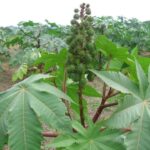Castor bean, also known as “ricinus” is a plant that has been used for centuries in different cultures for various purposes. In recent years, it has gained popularity in agriculture due to its properties as a biopesticide, organic fertilizer, and raw material for the production of biofuels.
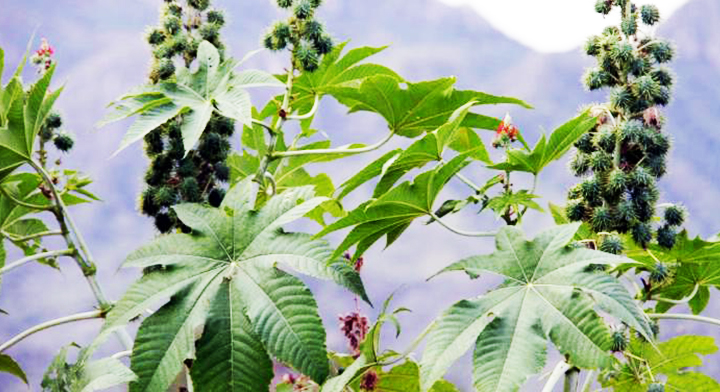
Castor bean is a perennial plant that can grow up to 4 meters tall. It is native to tropical Africa, but it has spread throughout the world due to its adaptability to different climatic conditions. It is a tough plant that can grow in poor and dry soils, making it ideal for use in agriculture in regions where other crops do not thrive.
One of the main uses of castor bean in agriculture is as a biopesticide. Castor oil, which is extracted from castor bean seeds, contains a protein called ricin, which is toxic to many insect pests and mites. Castor oil also contains ricinoleic acid, which has insecticidal and fungicidal properties. These compounds make castor oil a safer and more sustainable alternative to conventional chemical pesticides.
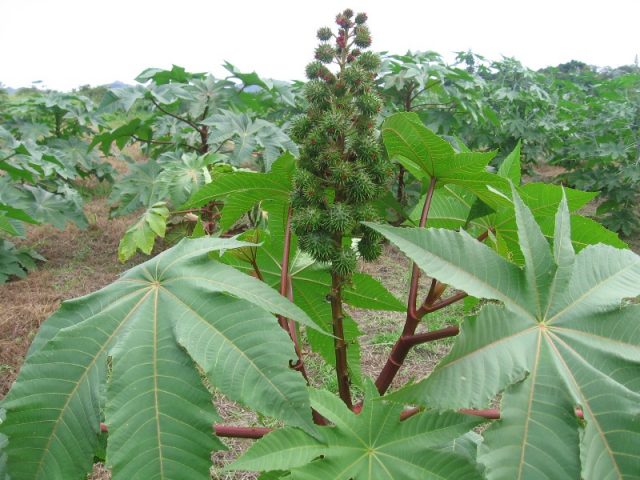
In addition to its use as a biopesticide, castor bean is also used as an organic fertilizer. Castor oil is rich in nitrogen, phosphorus, and potassium, essential nutrients for plant growth. By adding castor oil to the soil, plants are provided with a natural source of nutrients, which can improve the quality and yield of crops.
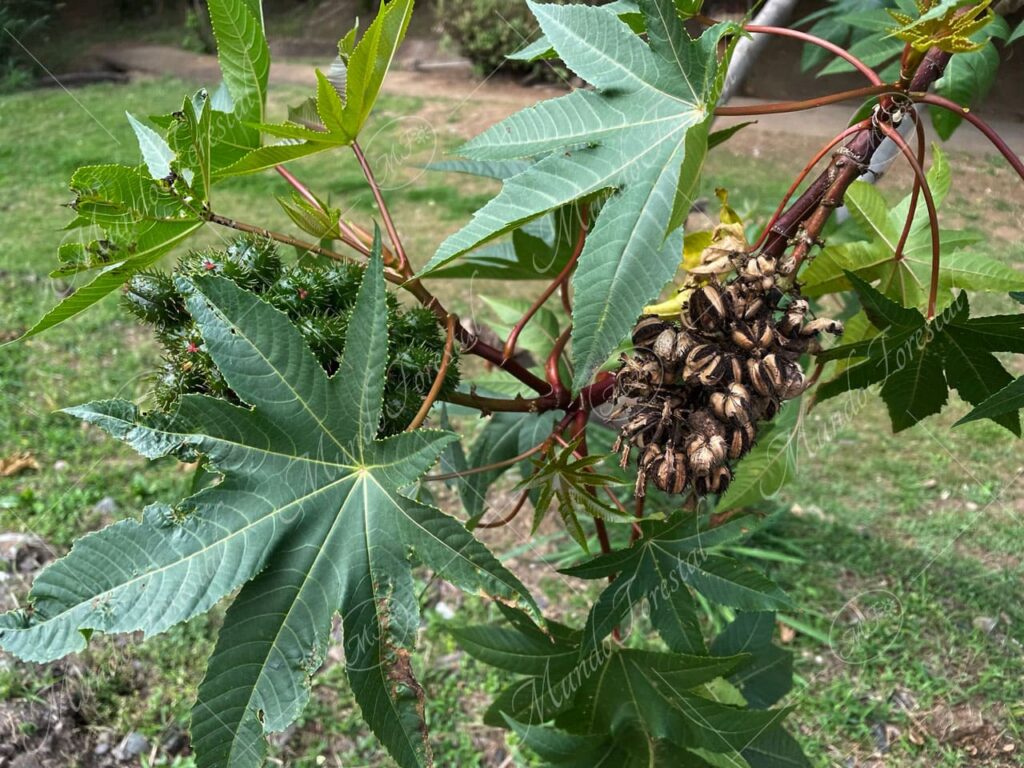
Another use of castor bean in agriculture is as a raw material for the production of biofuels. Castor oil can be used as fuel for diesel engines, reducing dependence on fossil fuels and decreasing greenhouse gas emissions. In addition, the production of biofuels from castor bean can provide an additional source of income for farmers and promote the local economy.
In conclusion, castor bean is a versatile and valuable plant for agriculture due to its properties as a biopesticide, organic fertilizer, and raw material for the production of biofuels. Its adaptability to different climatic conditions and its resistance to poor and dry soils make it ideal for use in regions where other crops do not thrive. The use of castor bean in agriculture can improve sustainability, food security, and the local economy.
Making biopesticide with castor bean
The process of making biopesticide with castor bean involves extracting the oil from the plant’s seeds and preparing the final product. The following are the general steps for making biopesticide with castor bean:
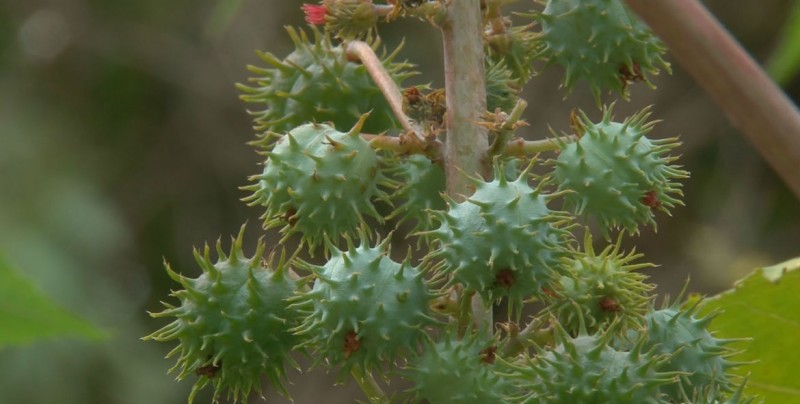
- Seed collection: Mature castor bean seeds should be collected and damaged or non-viable seeds should be separated.
- Oil extraction: The seeds are washed to remove any dirt or impurities. They are then crushed to obtain a seed mass that is pressed to extract castor oil. The oil is filtered and stored in a clean and airtight container.
- Biopesticide preparation: Castor oil is diluted in water in a ratio of 1:20 (1 part oil to 20 parts water). The mixture is stirred well, and soap can be added to help disperse the oil in the water. The biopesticide is ready for use.
- Biopesticide application: The biopesticide is applied by spraying it on the leaves and stems of the plants that need protection. It is important to apply it during the coolest hours of the day, preferably in the morning or afternoon, to avoid rapid evaporation of water and ensure that the biopesticide has time to act on pests.
It is important to note that castor bean biopesticide is not selective, which means it can affect both pests and other beneficial insects in the area. Therefore, it is recommended to use it with caution and always follow the manufacturer’s instructions.
 AgronoBlog – Agriculture Blog
AgronoBlog – Agriculture Blog 